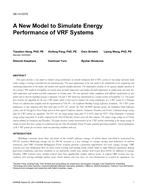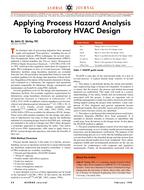A transient coupled heat and mass transfer model is developed to study the performance of desiccant wheel with and without purging under variousoperational scenarios. The model considers both heat conduction and axial diffusion in design and analysis of rotary desiccant wheels. Themathematical model is validated using experimental measurements. The results are in a good agreement with experimental data. It is found thatas the purge angle increases, first, the exit humidity ratio of process air decreases to a minimum value and then grows up. The purge anglecorresponding to minimum exit humidity ratio (optimum purge angle) for different dimensionless dehumidification angles, rotational speeds,numbers of transfer units (NTU) and regeneration temperatures are determined. In addition, energy saving potential of operating desiccant wheelwith purging in comparison to the wheel without purging is evaluated. It is found that the energy consumption in regeneration section is reduced byusing purge system. Increasing regeneration temperature and NTU leads to higher energy saving.
Citation: First International Conference on Energy and Indoor Environment for Hot Climates, Doha, Qatar, February 2014
Product Details
- Published:
- 2014
- Number of Pages:
- 8
- File Size:
- 1 file , 1.1 MB
- Product Code(s):
- D-2014FICEConf-12-3


